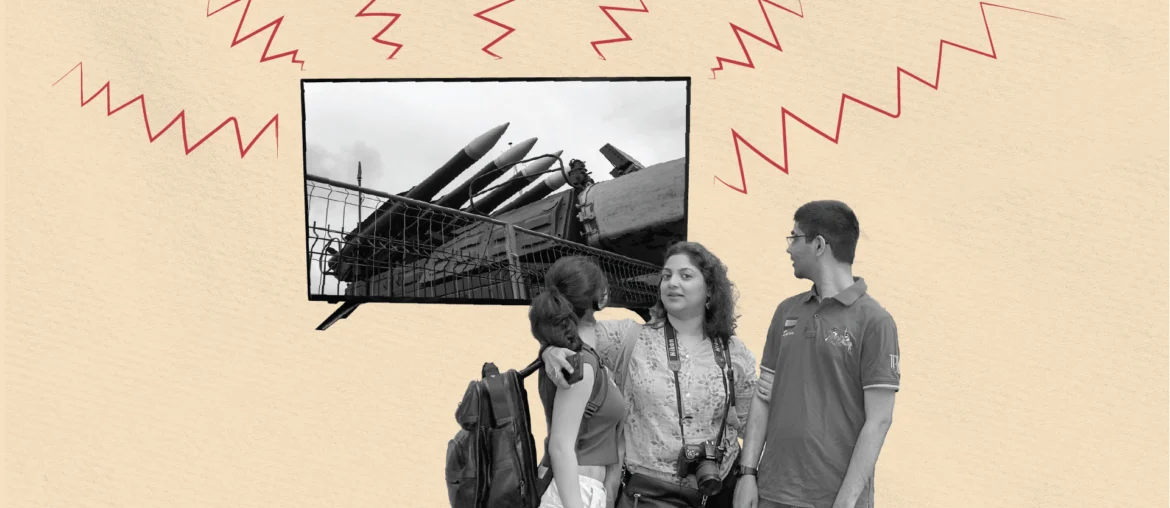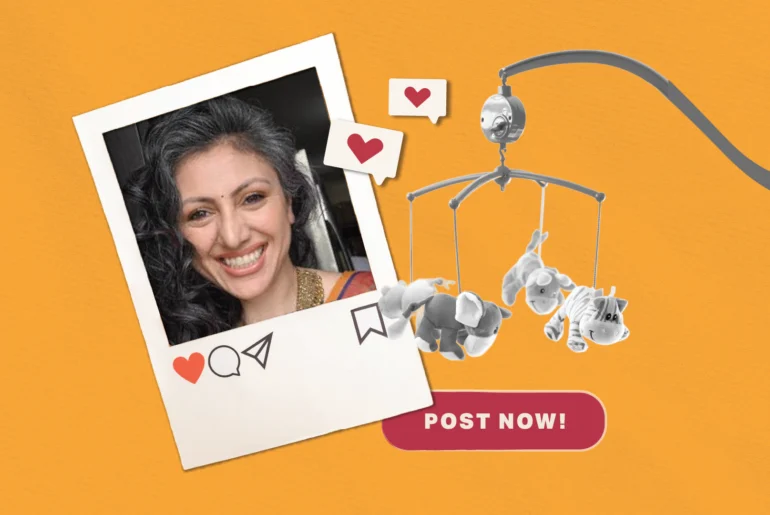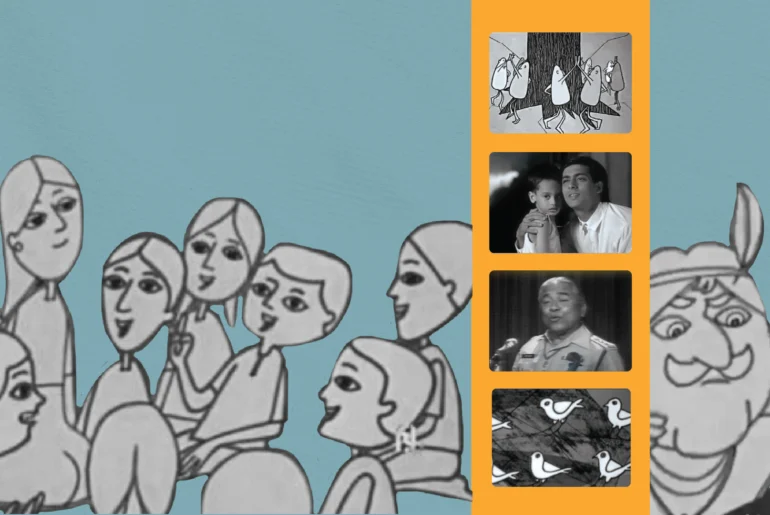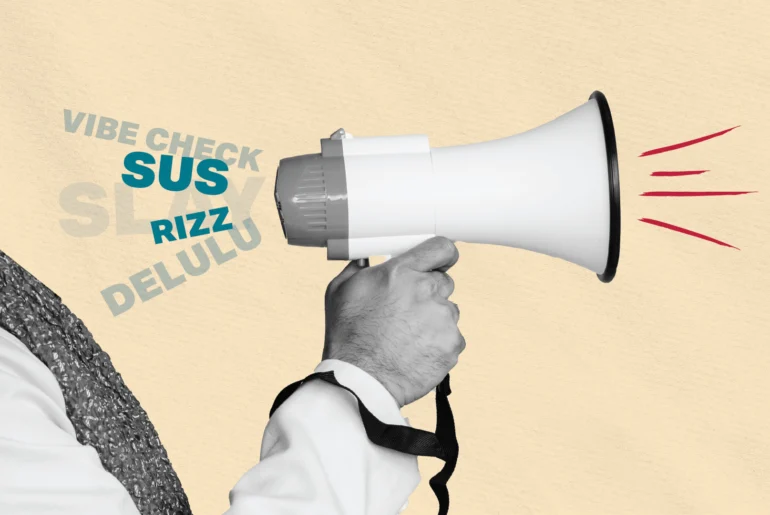In times of crisis, children of all ages look to their parents for guidance. In this article, Mukta Naik, offers a realistic perspective on how to communicate with your children, acknowledge their fears, and provide a sense of security while understanding their need for honest information.
After an anxious week at the precipice of war, we sit amidst an uneasy peace. The news cycle has moved on, but the fear we collectively experienced has not yet exited the bloodstream. We all know how hard it was to perform business-as-usual while struggling to make sense of things and worrying about the impacts of a full-blown conflict. Amidst us, our children watched us keenly for cues on how to interpret and cope with yet another crisis.
As tensions mounted between India and Pakistan, my teen reported feeling disturbed by Islamophobic comments in the classroom. A friend’s eight-year-old son asked her if their home had a bunker. A colleague’s toddler tagged along with her to work, having refused to go to playschool for fear of an air attack separating him from his family. Talk about mock drills, sirens and blackouts had children cowering internally even as adults appeared tolerant of, and even enthused by the motions of war preparedness.
A crucial generational difference
Because we grew up in a less connected world, we often struggle to understand how imminent current events feel to our children. When Indira Gandhi was assassinated, an eight-year-old me returned home from school to see my parents sitting in shocked silence. The news streaming through the radio felt distant and almost fictional. It would be a decade or more before I grasped the turbulent aftermath of that event. As a teenager, I experienced Rajiv Gandhi’s assassination sitting out the curfew in a relative’s Mumbai home, unable to attend the wedding my family had traveled from Lucknow for. I remember watching Doordarshan’s measured reportage, largely devoid of visuals, and letting myself be lulled by my father’s reassuring words.
In sharp contrast, our children are exposed to too much information, delivered in graphic detail and in real time through social media and digital platforms that not only often fail to check facts, but are invested in being sensational rather than sensitive. They may not show it, but kids are often drowning in an information deluge that threatens to drown them.
Recognising this fundamental generational difference, how best can we communicate to allay our children’s anxieties, create safe spaces for conversations and regain a semblance of control over the narratives circulating within our own homes? Thinking back to previous crises like air pollution spikes, communal violence and the unforgettable COVID-19 lockdowns that have, in recent years, thrown our lives off kilter, there are a few simple things we can do.
Ditch the ‘Strong and Silent’ approach
As parents, all we want at times like these is to stand strong and keep our children safe. Our instinct is to tell our kids only what we think they can handle, on a need-to-know basis. This may have worked for our parents, who were our primary source of knowledge, but it no longer applies today, when our kids have access to unfiltered (and often fake) information.
Where avoidance is no longer an option, since they already know more than we can imagine, accepting our own vulnerability could help our kids find calm in collective experience.
Set an age-appropriate context
Kids say the darnedest things and ask the most difficult questions. In times of crisis, leaving these unanswered could create more fear and confusion. We may not be equipped to explain devastating disease, sudden disasters or the complicated history of two nations in conflict, but we can try and offer some context. During COVID-19, for example, discussing the progress of the vaccine and the history of viral diseases were great ways to ground the bizarreness of what we were collectively experiencing in the longer arc of science and history.
Crises are framed by complex social and political circumstances that are really difficult to speak about. We worry if our children are even equipped to handle what we need to tell them! Especially for younger children, analogies and parables can help, something I learnt in 2012, when I had to confront my eight-year-old’s curiosity about the Nirbhaya incident that had triggered mass outrage. While I fretted about how I would explain something as horrific as gang rape to a child, his teacher made a breakthrough by explaining the concept of consent to her class through role play and stories. I realised that the principle was often more important and less complicated than the precise turn of events.
Tune in, keep talking
Finally, we know that our personal biases affect what we tell our children. As mine grow older and travel out of my influence, I am making a concerted effort to listen and engage with their evolving perspectives, even when I do not agree with them. Amidst the alarming reports of the Trump administration’s student visa revocations, for instance, tuning into my son’s experiences in an American college campus helped me appreciate the tenacious practicality of young Indians living abroad.
Let’s find ways to keep talking with our children through the good times. That’s what will prepare us all for the next crisis at hand!




